Using a Mediators Toolbox to Undertake Successful DEI Conversations
Author : Michelle Phaneuf, P.Eng., ACC, C.Med (she/her) of Workplace Fairness West
Facilitating diversity, equity and inclusion (DE&I) conversations in the workplace is important when we are focusing on creating a more inclusive and equitable environment and fostering belonging. Like DE&I training, this often falls on the HR professional to undertake. DEI training can build a foundation for stepping into these more in-depth conversations to build understanding and connect with others.
The easiest way for a person to connect with someone else from another walk of life is for them to hear about their experiences. Conversations humanize us. When we can empathize with someone’s situation, we are able to connect on a much deeper level. We recognize that training is not always the best platform to create empathy. That comes when others hear real stories from people they know. To practice diversity, equity and inclusion, it is key that teams understand the people within their organizations that live, look, and act differently from them. For a diverse workforce to feel included and heard, facilitating conversations that cultivate understanding is important.
As mediators, we undertake difficult conversations to raise awareness and build understanding every day. There are a few best practices that I can share for getting the most out of these dialogues and create a positive environment for people to express their opinions. Here are some principles that we follow to foster success.
- Prepare for the conversation.
a. Ensure you have a strong understanding of DEI issues yourself regardless of your race or ethnicity. Educate yourself first. Plan for how you will respond if the conversation gets difficult (see number 4 below).
b. Facilitating conversations on issues involving DEI requires foresight and planning. It's important to go into these conversations with an understanding of what you want to accomplish and how you want to accomplish it. Set and share clear goals and objectives of the conversation with the group ahead of time. Are you aiming to build understanding, raise awareness, address specific issues, or create an action plan? Clear objectives will help guide the conversation. - In the Room:
a. Be clear about the purpose/intention of the conversation.
b. Give enough time for the conversation – even more than what you think is reasonable.
c. Set guidelines – Here are some I use:
Come with a positive intention
Be curious
Be kind
Listen actively
Speak from the "I" perspective
Lean into discomfort
Be open, avoid judgement, blame, advice or correction
Assume positive intent of others
Be direct and transparent
Honor confidentiality
Monitor your own participation and others
Speak one at a time
Monitor your tone and body language
d. Talk about confidentiality – we can leave the stories in the room and take the learning back to others.
e. Share how this conversation may impact BIPOC people differently than others. Ask what everyone needs for this to be a safe space.
f. If you are not BIPOC yourself, acknowledge this, your privilege, and your lack of perspective on these issues. - Focus on Building Understanding:
a. Start with Awareness: Begin with conversations about awareness and understanding. Encourage participants to share their personal experiences, perspectives, and challenges related to diversity and inclusion.b. Focusing on values helps to build understanding. Use words that represent the values in what you are hearing. For example, fairness, respect, support, appreciation, valued.c. Ask for other perspectives or share other viewpoints if the conversation becomes one-sided.d. As a facilitator, your role is to listen actively to all participants, validate their feelings and experiences, and ensure that everyone has an opportunity to speak without interruption or judgment.e. Ensure everyone in the room has a voice and a choice in how they want to participate (speaking, written sticky notes). Starting discussions in pairs and shifting to smaller group discussions before you share back in a larger group will create more safety.f. Paraphrase or summarize the conversation at various intervals to ensure the meaning is clear. - If discussions become heightened:a. Acknowledge the emotion that you hear from the speaker or feel in the room. For example - It sounds like you are very angry about your experience.b. Ask open questions to de-escalate debate. For example - What is coming up for you when you are saying/hear that? What’s important to you about that?c. Reframe to the positive when you hear someone share something negative. For example - I don’t like it when others treat me as a second-class citizen– reframe: You want to be treated fairly by others.
Other Tips
- Set the tone by sharing your own stories if applicable.
- Recognize when someone has shared something difficult.
- Find opportunities to highlight similarities between groups.
Join our upcoming Professional Development Session to learn more from Michelle on this topic:
HR Mediation – A Crucial Skill for the Successful Professional
When
: Tuesday, January 30, 2024 at 8:30 am to 4:30 pm
Cost
: Member $349 + GST | Non-member $399 + GST | Student Member $75 + GST
Venue
: CPHR Alberta Calgary Office - Gateway Room
Learn more here.
The views and opinions expressed in this blog post belong solely to the original author(s) and do not necessarily represent the views and opinions of CPHR Alberta.
The views and opinions expressed in this blog post belong solely to the original author(s) and do not necessarily represent the views and opinions of CPHR Alberta.





